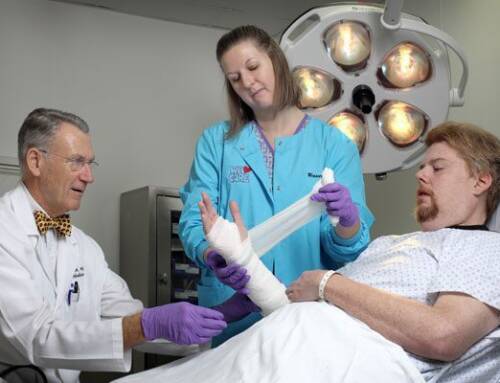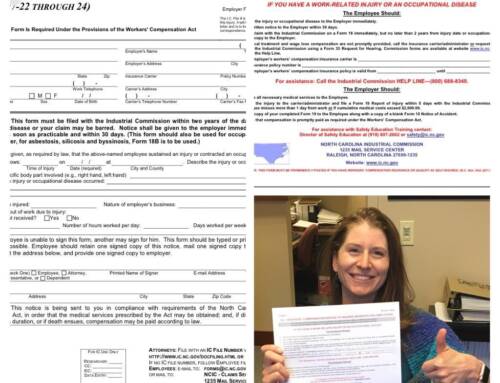 Lung cancer is the leading cause of death for men and women in the United States. It’s greater than breast and colon cancer in women and greater than prostate, colon, pancreatic and liver cancer in men. If diagnosed early there is a 70-80% survival rate for 5 years, and a low-dose CT scan of the chest can detect 60-70% of lung cancers at an early stage. Unfortunately, there has been no significant progress in the treatment of lung cancer in 40 years and between 10,000–20,000 occupational lung cancer deaths occur each year in the United States.
Lung cancer is the leading cause of death for men and women in the United States. It’s greater than breast and colon cancer in women and greater than prostate, colon, pancreatic and liver cancer in men. If diagnosed early there is a 70-80% survival rate for 5 years, and a low-dose CT scan of the chest can detect 60-70% of lung cancers at an early stage. Unfortunately, there has been no significant progress in the treatment of lung cancer in 40 years and between 10,000–20,000 occupational lung cancer deaths occur each year in the United States.
One area of concern is the relationship between diesel exhaust exposure and lung cancer. In June of 2012 the International Agency for Research on Cancer (IARC) classified diesel engine exhaust as carcinogenic to humans, and studies of underground miners support that statement and also indicate that others who are around diesel fumes may be at an increased risk. Toxic chemicals in diesel gas are nitrogen oxides, sulfur oxides, carbon monoxide, benzene, PAHS (polycyclic aromatic hydrocarbons), aldehydes and nitro-PAHS.
Railroad workers’, miners, truck drivers, bus operators, longshoremen and others who have been heavily exposed to diesel fumes are obviously at greater risk than those with less exposures, but even minimal exposures may cause harm. In urban areas, like lower Manhattan, there is concern that diesel exposures may be a public health hazard and detection systems have been placed in areas to collect exposure data. As for workers’ who have experienced intense, short-term duration to diesel fumes, a chemical called 1-hydroxypyrene may be elevated in urine, but the test for this marker is not performed by most commercial laboratories. The Mount Sinai – Irving J. Selikoff Center for Occupational & Environmental Medicine is studying diesel exposure and may be a good resource for future information, as well as the National Clean Diesel Campaign: www.epa.gov/diesel.






